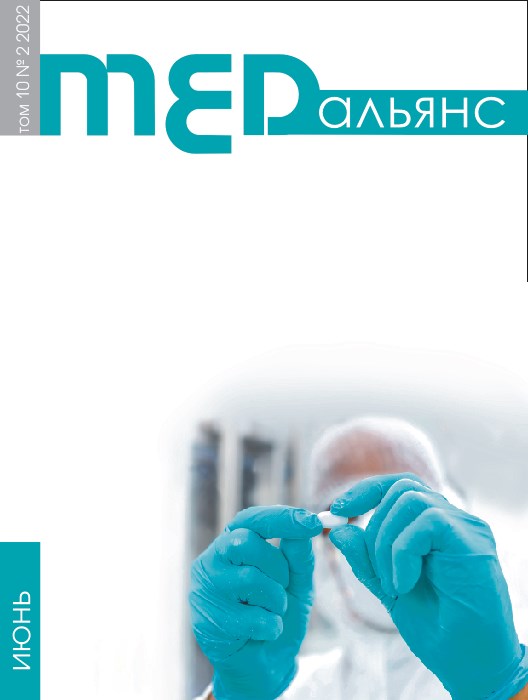Abstract
Pulmonary hypertension (PH) is currently determined by the mean pulmonary artery pressure (PAPmean) increase, which in turn is associated with a number of parameters, such as cardiac output (CO), pulmonary vascular resistance (PVR) and left atrial pressure. Therefore, changes in PAP mean during exercise cannot be discussed apart from the listed indicators. Probably, this was one of the reasons for the absence of an accurate hemodynamic de- termination of stress-induced PH. However, today it has been revealed that PAP at rest increases only when ?50% of pulmonary microcirculation is off, and for the earliest detection of the problem it is advisable to use factors that lead to increase of CO and PVR, one of them is exercise.
Moreover, clinicians often observe that the anamnesis of PH starts from complaints, associated with exercise. Modern non-invasive technologies (stress-echocardiography, cardiopulmonary exercise testing) provide very detailed data not only about the pulmonary circulation, but also about ventilator function, blood gas composition,
structural and functional changes in the heart. Stress-induced PH is defined as combination of normal mean pulmonary artery pressure values (PAPmean <25 mm Hg) at rest and increase of PAPmean >30 mm Hg during exercise, as well as PVR >3 WU, however, this definition isn’t generally accepted. As an alternative, to determine stress-induced PH, it was proposed to evaluate PAPmean/ CO curve, that excludes the influence of peak hemody- namic parameters. The pulmonary vessels distensibility and ventriculo-arterial coupling represent promising parameters for complete characterization of the pulmonary circulation changes during exercise.

